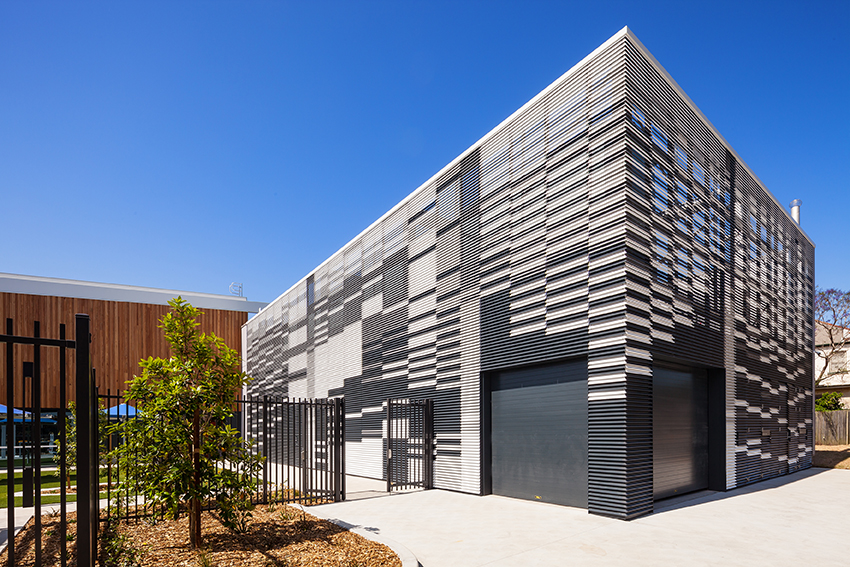Designing an effective ventilation system that will efficiently draw air into a building, and then exhaust it, is crucial. A well-designed system allows building designers to deliver optimal levels of fresh air and comfort for building occupants.


Here are our top 5 design tips on how to get the most out of your natural ventilation inlet air design…
1. Promote air flow effectiveness with your ventilation system
Distribute louvre panels as evenly as possible around the ventilated space. This promotes cross flow ventilation, an even distribution of fresh air throughout a building, and gives you the ability to harness winds from all directions.
Spacing your panels evenly also manages the risk of airflow impediments, such as goods or equipment being stored up against individual louvre inlets
2. Take advantage of wind roses
The Bureau of Meteorology (www.bom.gov.au) offers a detailed history of wind directions, speed and duration for many areas around Australia.
By understanding and exploiting the external environment of your building, you can optimise panel positioning to capture breezes and each get the most out of each louvre.
3.Clever Louvre Configuration
A wider, rather than higher, louvre arrangement will help increase the system stack height, improving airflow through the building and promoting better air flow effectiveness.
Lower placed panels also assist with drawing in cooler, fresher air, whilst high panels are better used for exhausting warmer air.
4.Weather Proofing
Every louvre or ventilator needs to balance air flow performance and weather protection. You need to ensure that your design meets your particular project requirements, whether it be maximum airflow volume or tight restriction of water entry.
Another tip is to keep weather proof louvres at least 300mm above ground level. This minimises the risk of rain/water bouncing off the ground and into your ventilation system.
5.How Much? How Little?
Both natural and mechanical ventilation relies on make up air. Determine the level of airflow required and what level of inlet effective aerodynamic area is required for the system to perform.
If you specify your system with this in mind, you’ll save money whilst enjoying an effective ventilation system



